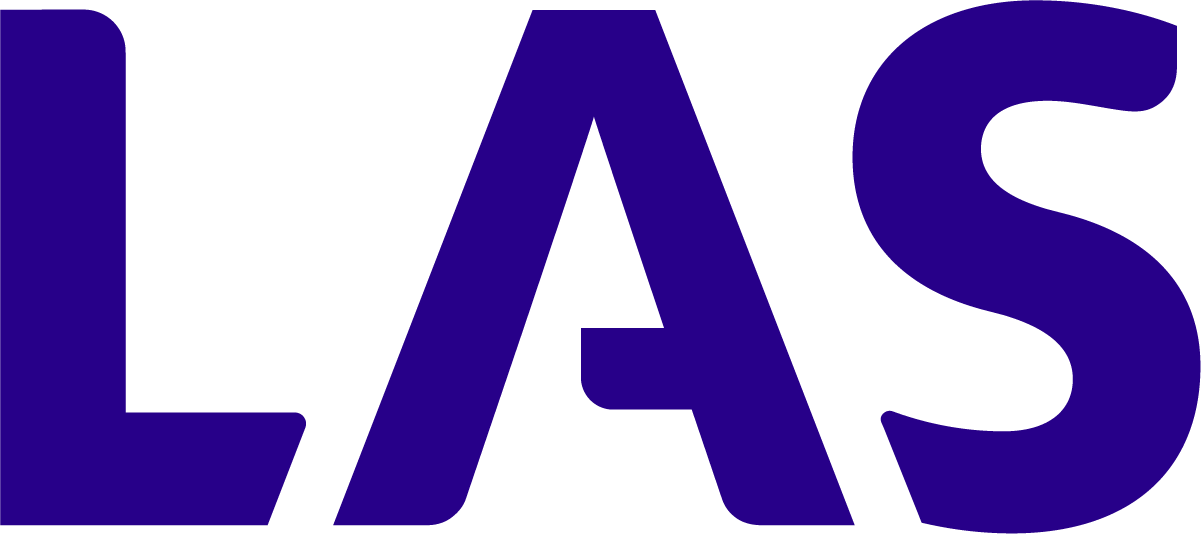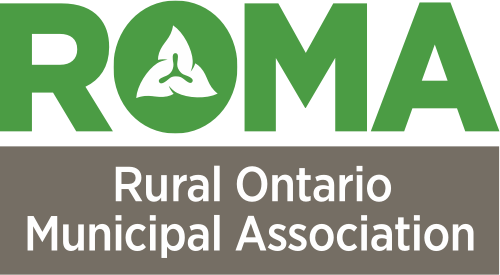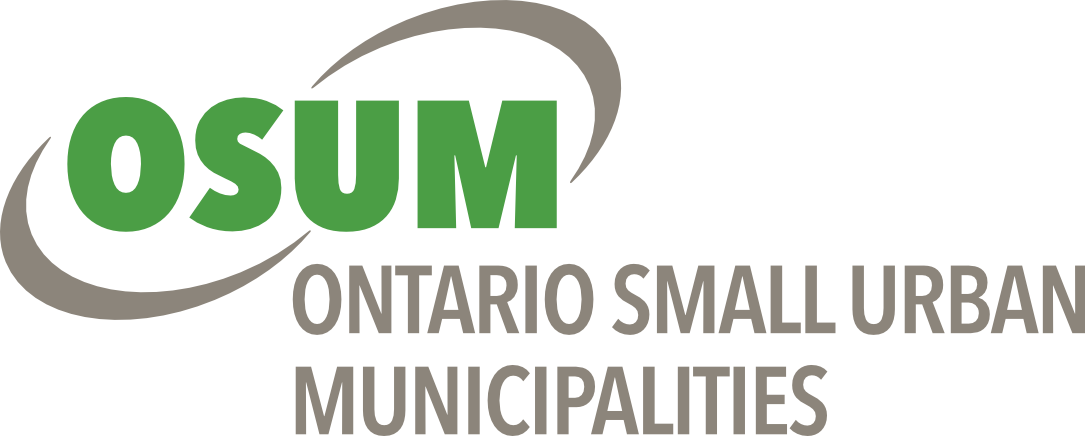Asset Management Outcomes
Assessing Asset Management Plans in Ontario: 2025 Analysis
AMO completed a comprehensive maturity assessment of all asset management plans (AMPs) in Ontario. The assessment found a total current replacement value (CRV) for municipal infrastructure in Ontario of $978 billion (2025 CAD) - as reported by the plans. The information was used to inform an AMP map which consolidates municipal AMPs and information on demographics and reported CRVs.
Making Progress in Asset Management between 2017 and 2021
Through its administration of the Canada Community-Building Fund (CCBF), AMO reports on sector progress in Asset Management (AM) by preparing an outcomes report. The most recent report can be found here.
From 2017 to 2021, about 80% of Ontario municipalities have improved their AMPs by increasing the scope of their Asset Management Plans (AMPs) to cover additional infrastructure asset categories and by using more accurate data to inform infrastructure investment priorities. In terms of better implementation of AMPs, Ontario municipalities reported that they have undertaken several capacity building activities between 2017 and 2021:
More municipalities have been adopting AM as a decision-making tool in the last 5 years. AM decision-making has evolved from traditionally replacing assets only after they fail - which is a reactive decision – to adopting best practices in AM. This process involves determining investment priorities by proactively monitoring asset condition inspection data that provides insight on the potential risk of asset failure, and the associated service consequences.
The majority of Ontario municipalities are now identifying local priorities based on assessed condition inspection data of their assets along with the risks involved in deferring investments. The following graphic illustrates how Ontario municipalities have increased their AM capacity in the last five years to better identify investment priorities:
To substantiate findings of the outcomes report, AMO engaged PSD Citywide Inc. to assess asset management maturity based on a sample of most recent iteration of AMPs. AMO also engaged Asset Management Ontario (AMONTario) to connect directly with practitioners to gather additional insights on adoption of AM practice and implementation of AMPs.
ASSET MANAGEMENT OUTCOMES WORKING GROUP
AMO continues to work with other organizations to deliver capacity building initiatives that ensure long-term stewardship and sustainability of local infrastructure. AMO has established an Asset Management Outcomes Working Group with representation from:
- Municipalities of all types and sizes throughout the province;
- The federal and provincial government; and
- Several membership-based organizations active in the field.
The purpose of this group is to identify opportunities for alignment in coordinating data collection initiatives delivering capacity building projects, while ensuring that any future reporting requirements:
- Meet the national objectives of the Canada Community-Building Fund;
- Do not create a reporting burden for Ontario municipalities; and
- Are consistent with the provincial requirements in O. Reg. 588/17 under the Infrastructure for Jobs and Prosperity Act, 2015.
AMO shares sector progress in asset management with its working group on at least an annual basis.
History of Asset Management Progress
Asset management has been accepted as best practice in infrastructure planning for over a decade. Regulatory and funding requirements have encouraged the adoption of asset management strategies. The first notable increase in asset management practice adoption among Ontario municipalities was following the new Public Sector Accounting Board (PSAB) requirements in 2009. In 2009, PSAB 3150 required all local governments to record their Tangible Capital Assets (TCA) on their financial statement and to allocate their costs to future accounting periods through an annual amortization process. This marked a significant enhancement in infrastructure data at the municipal level.
Another notable advancement in asset management occurred after provincial and federal grant programs began requiring and/or encouraging AMP development and adoption. Agreements under the Canada Community-Building Fund (CCBF) – titled the Gas Tax Fund prior to 2021 – required Ontario municipalities to develop and implement an AMP by the end of 2016. The most recent change that resulted in a large output of new and updated AMPs and significant asset management program development among Ontario municipalities occurred following the 2018 adoption of Ontario Regulation 588/17: Asset Management Planning for Municipal Infrastructure. O. Reg. 588/17 requires all municipalities in Ontario to advance their asset management programs by complying with the development and implementation of a policy and plans by specified deadlines.





